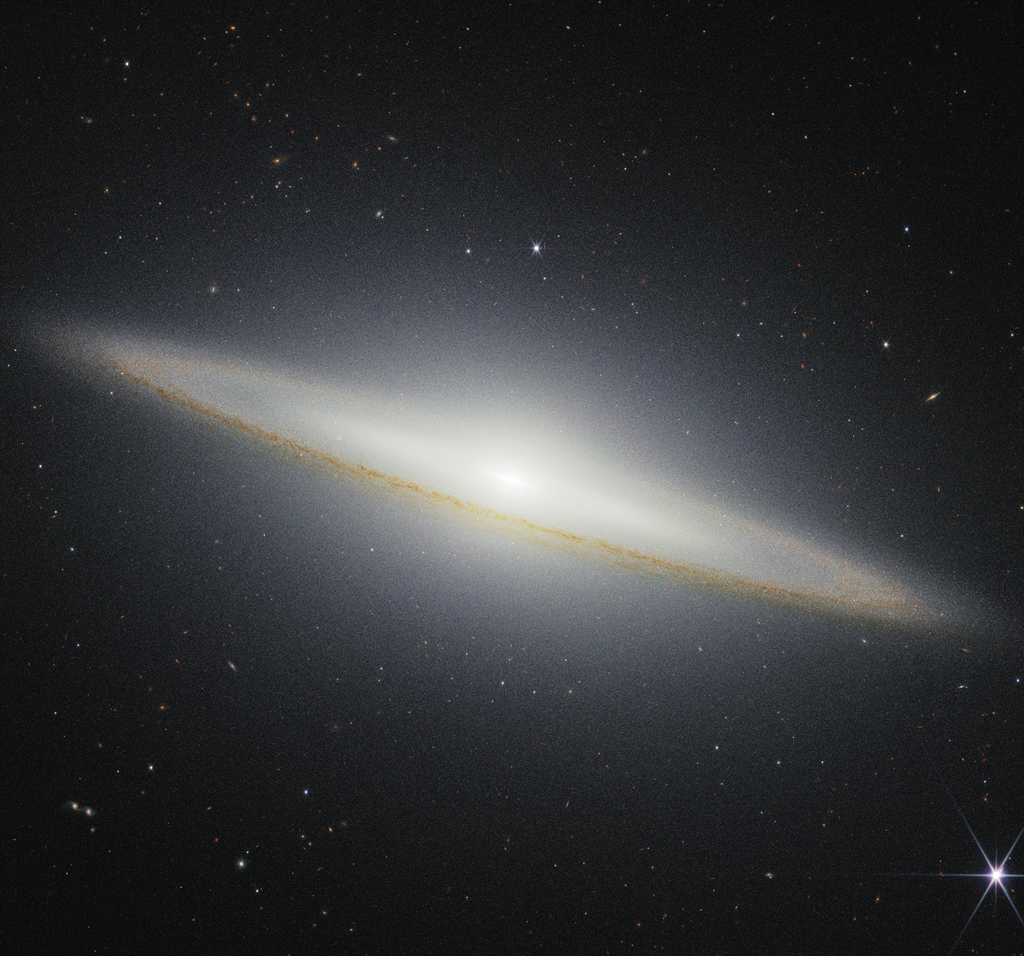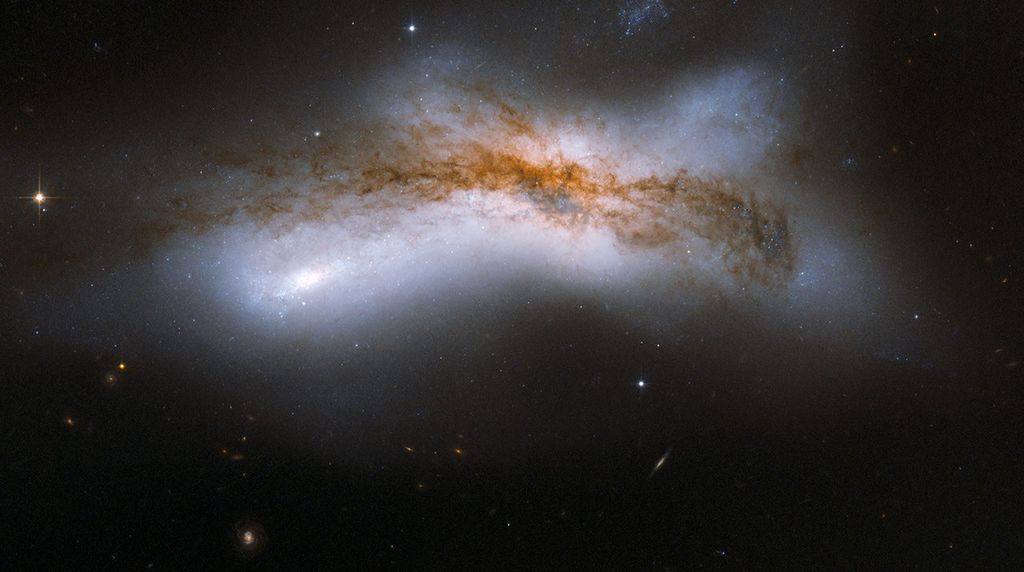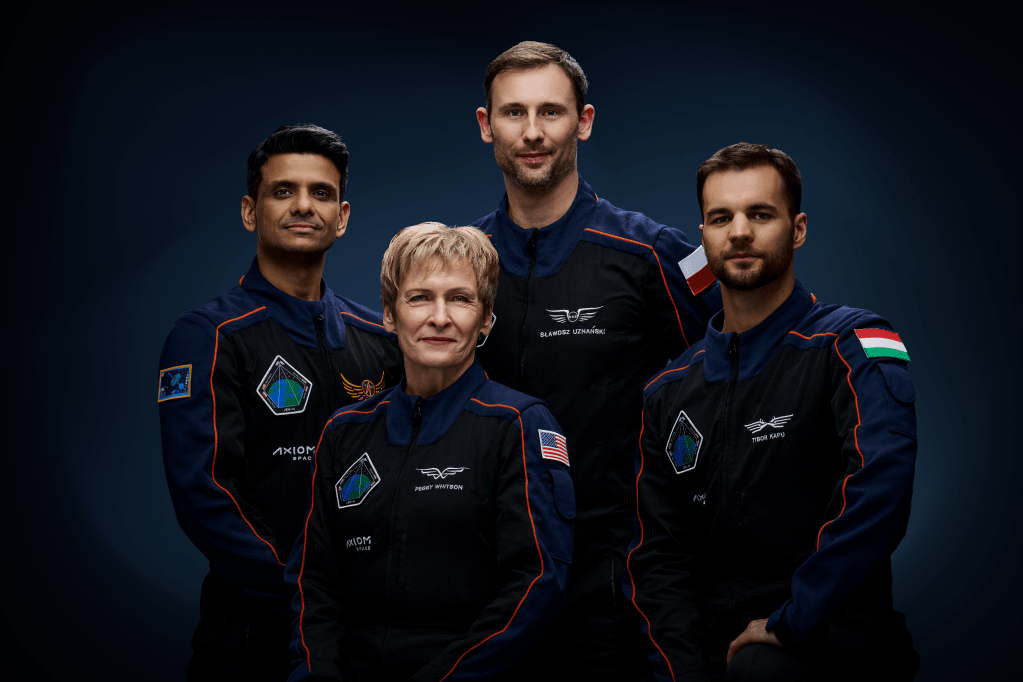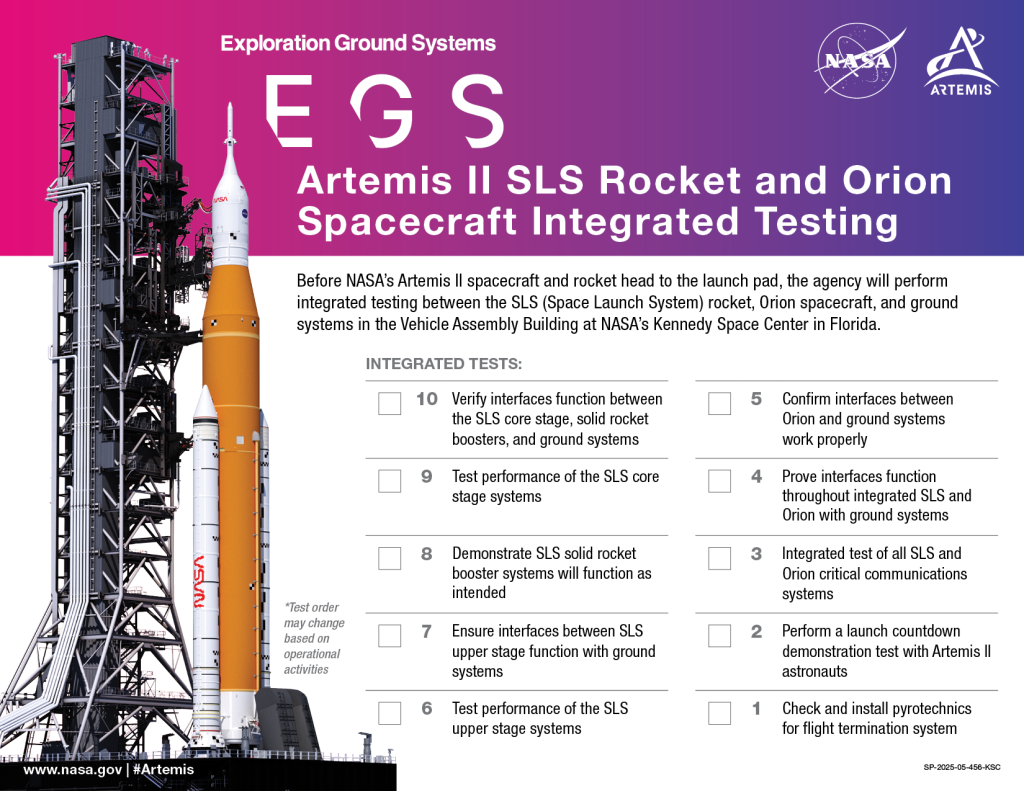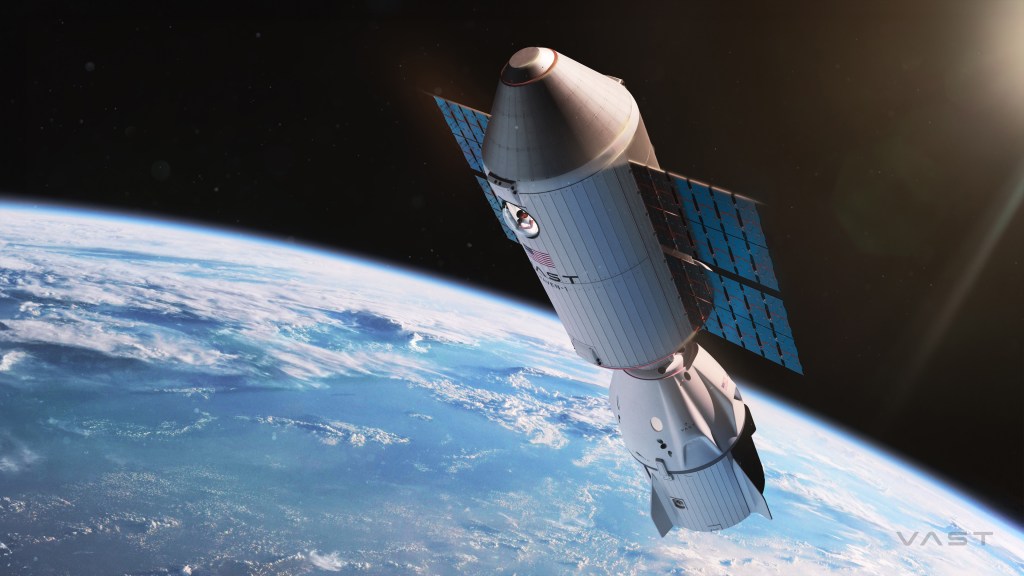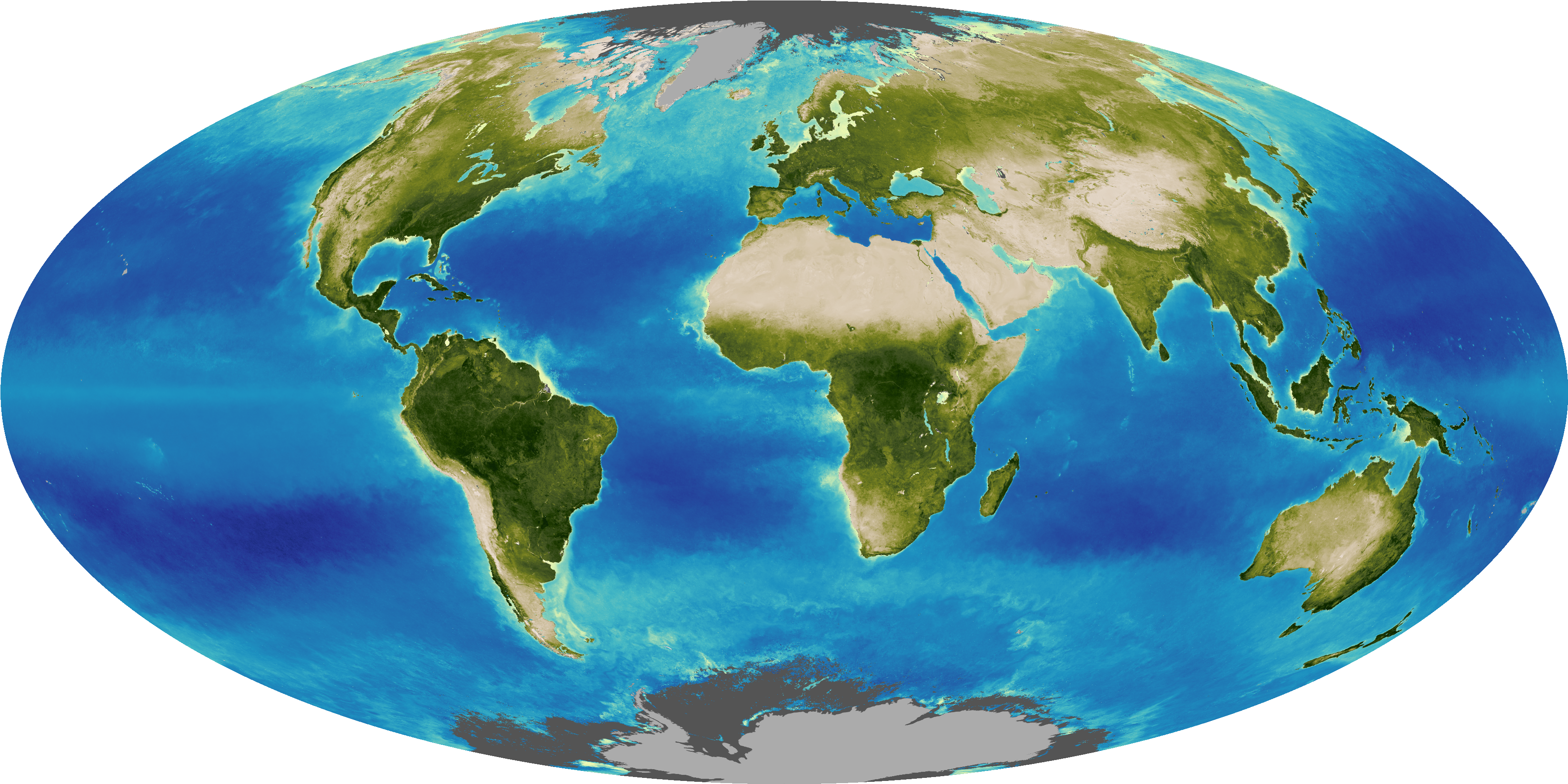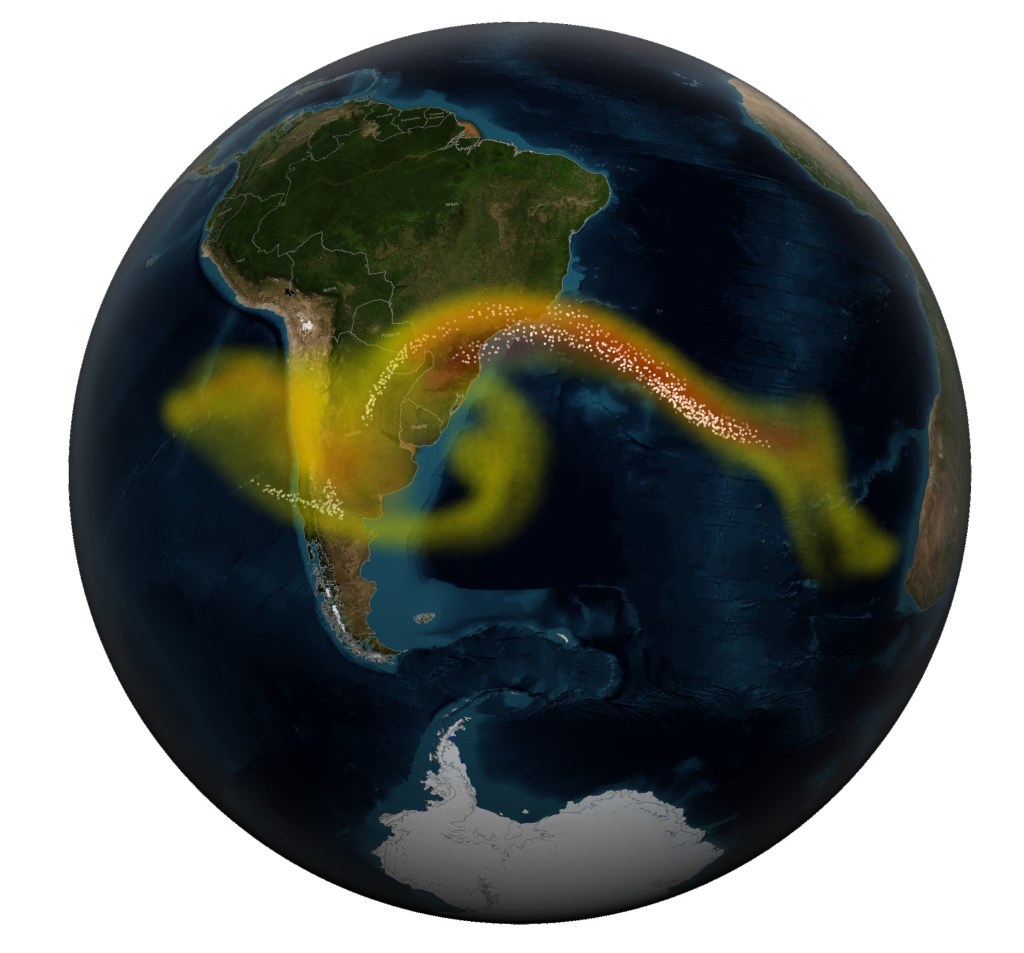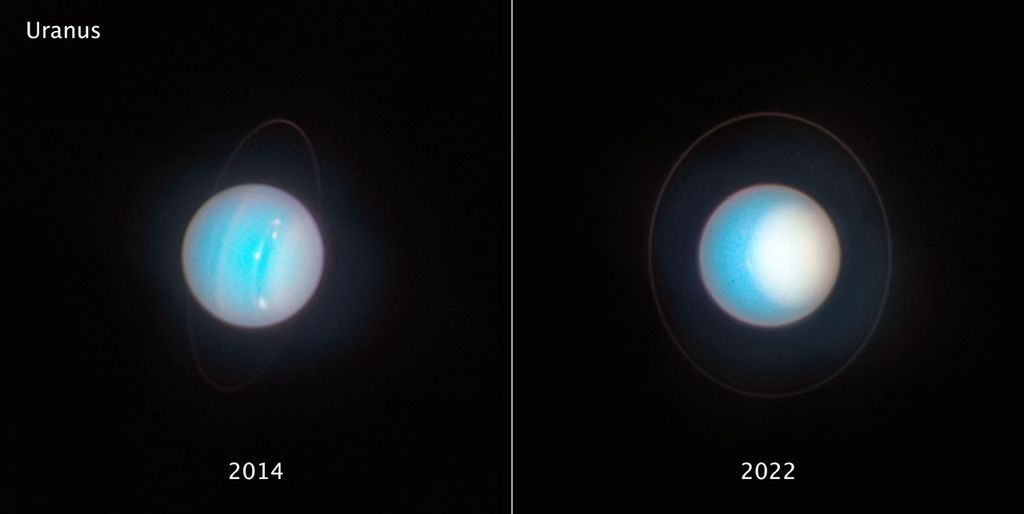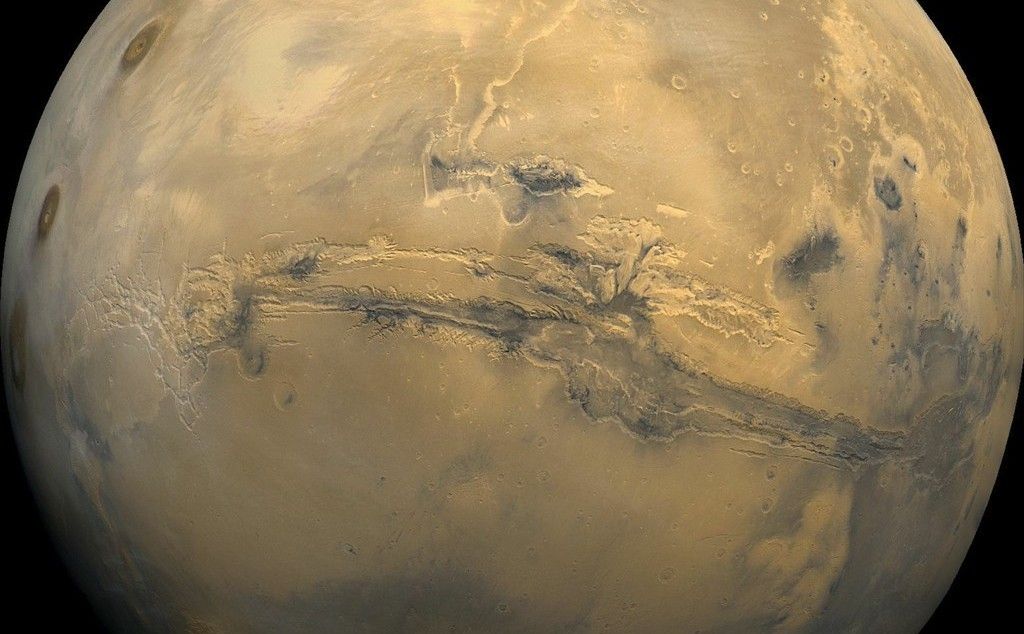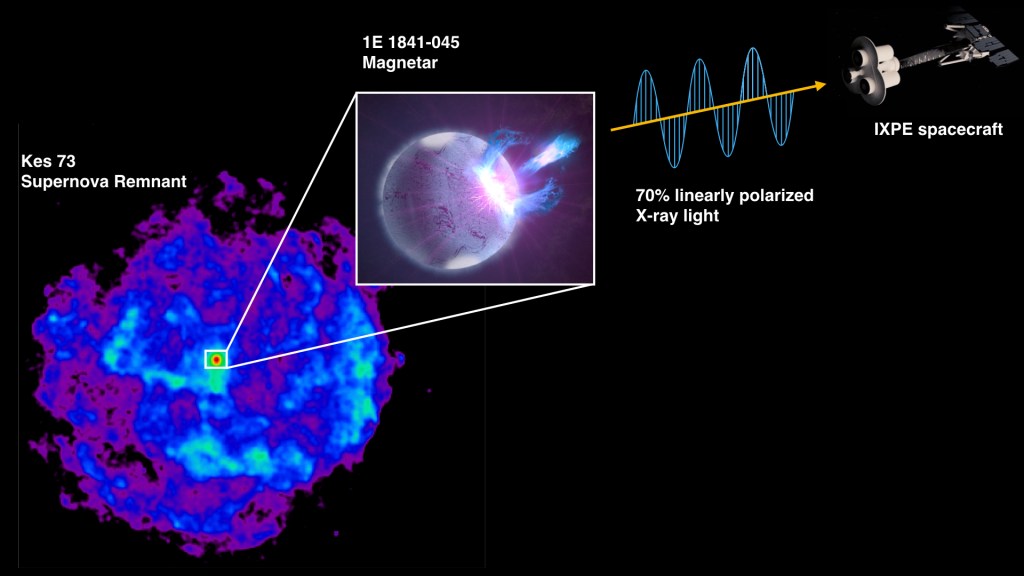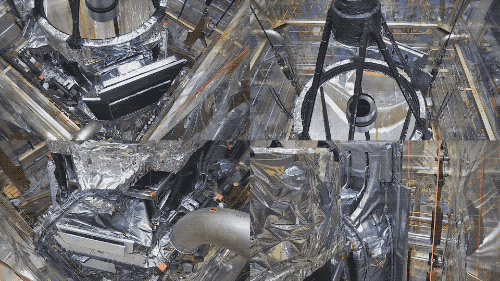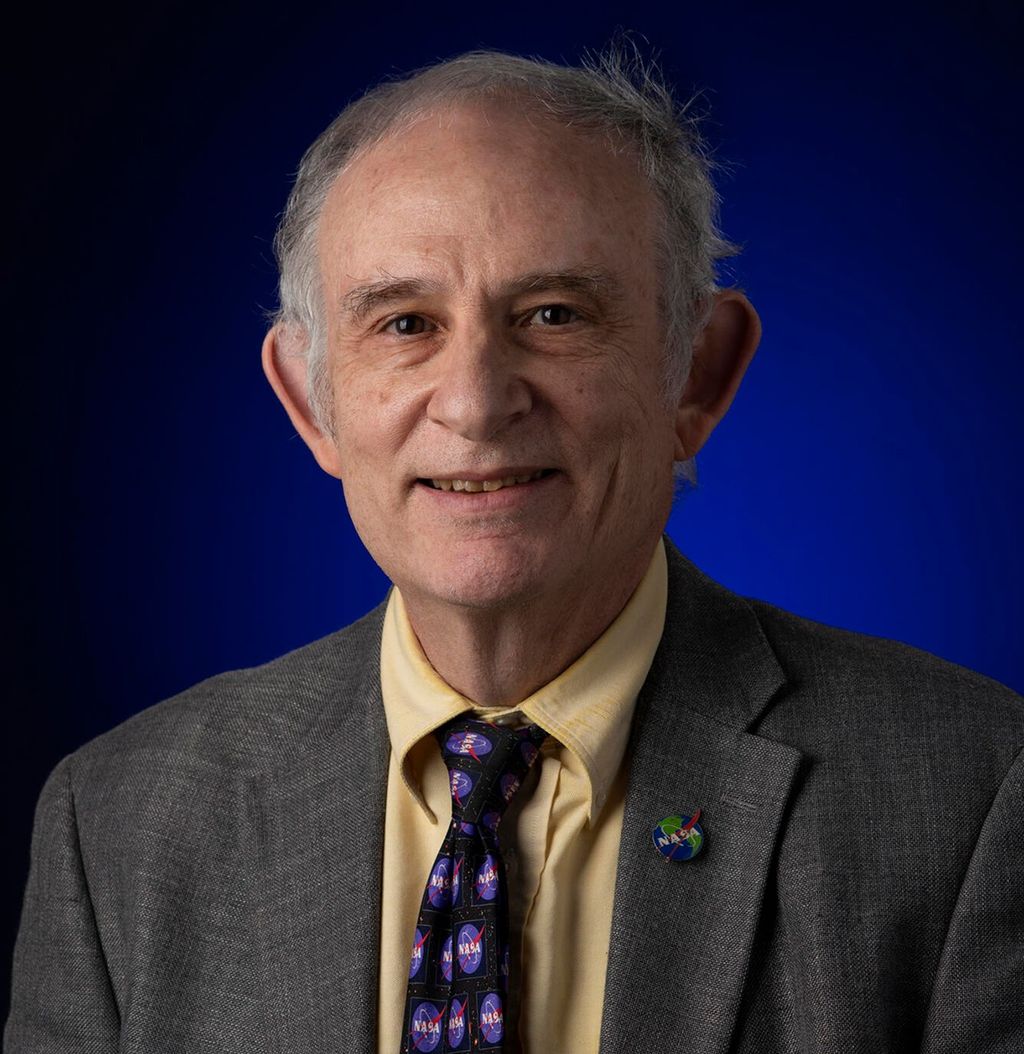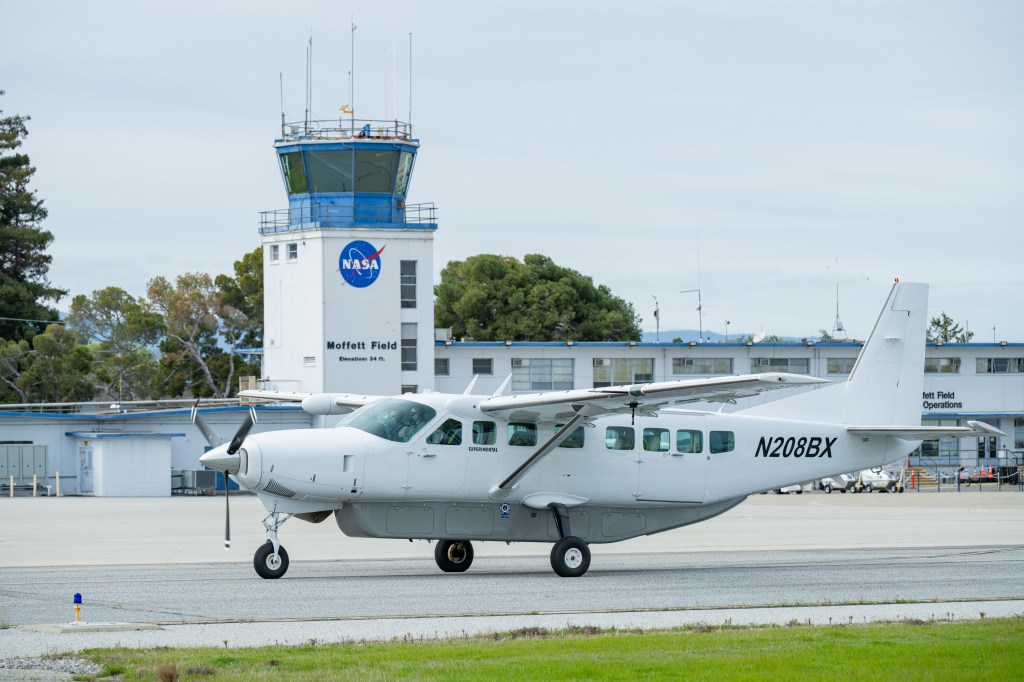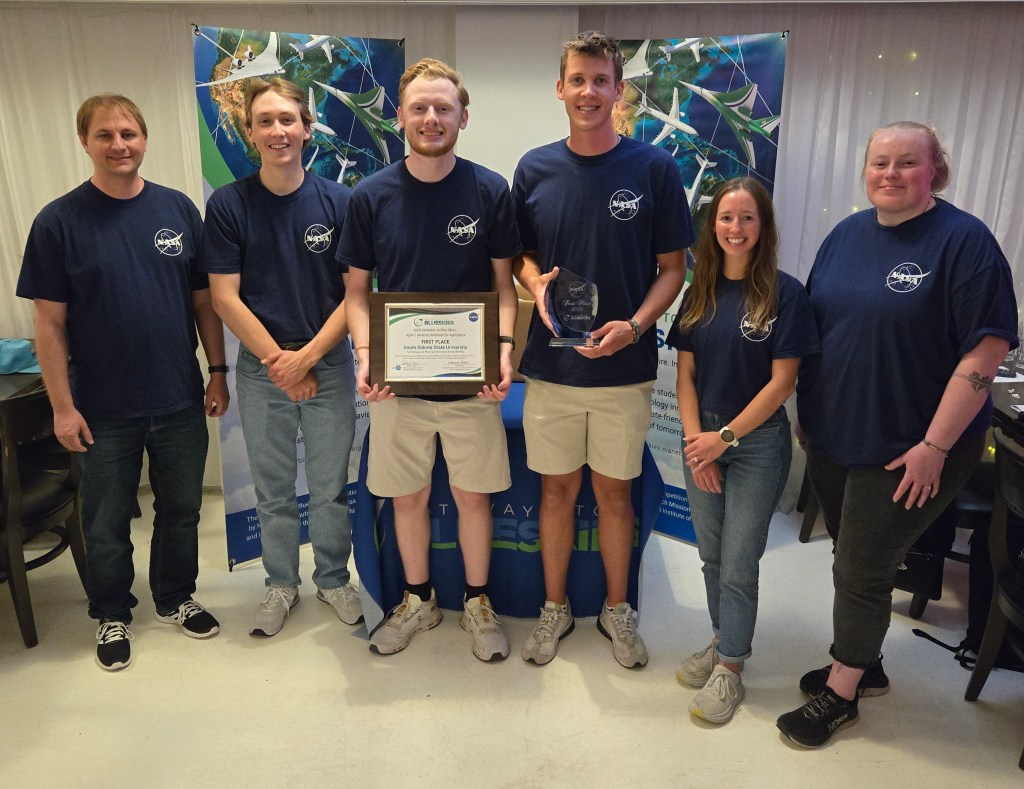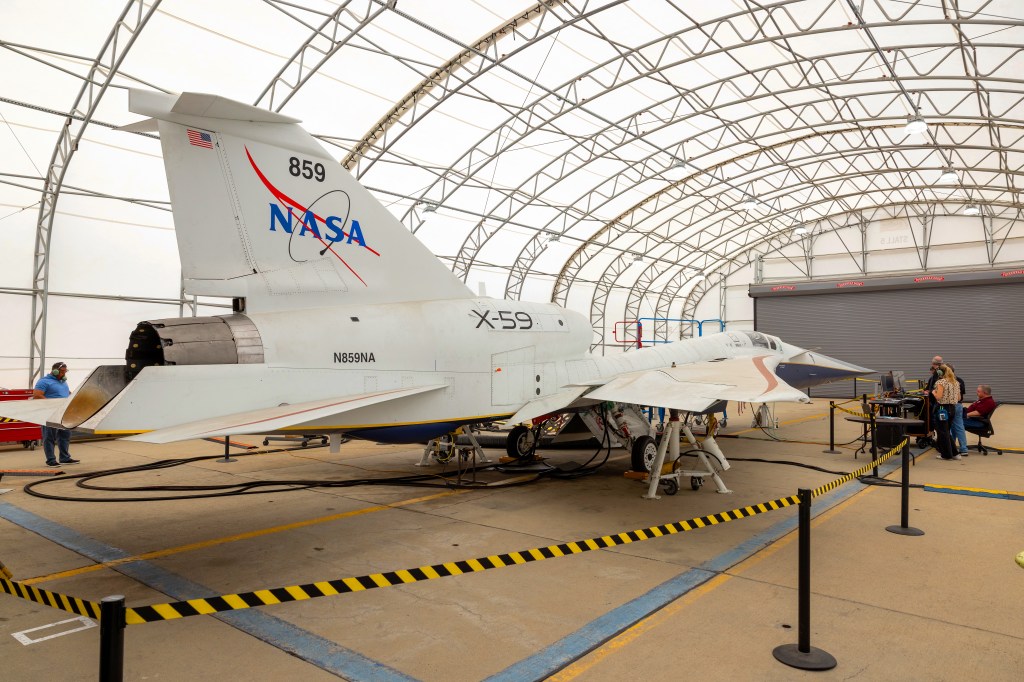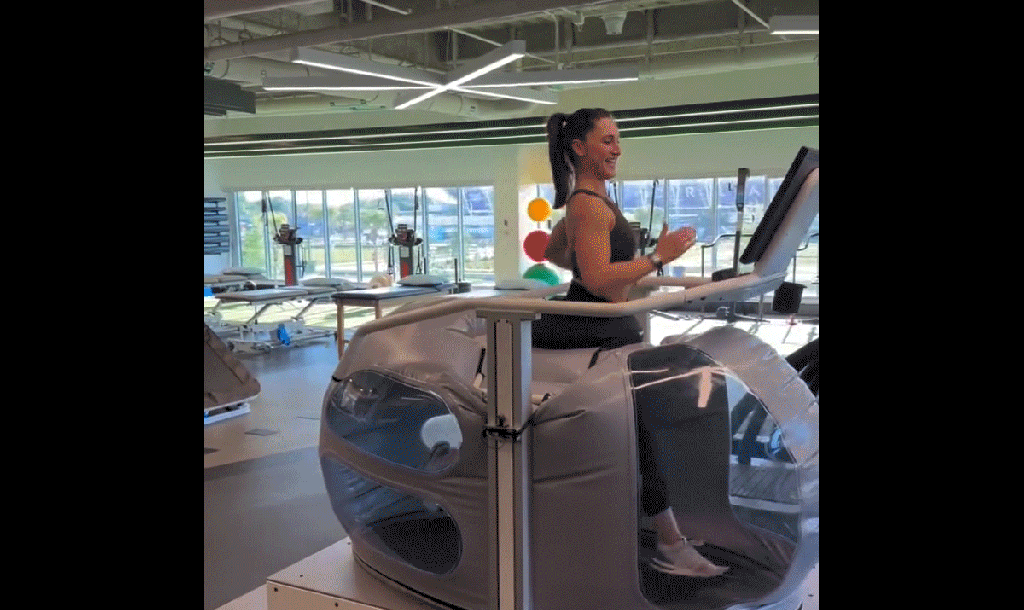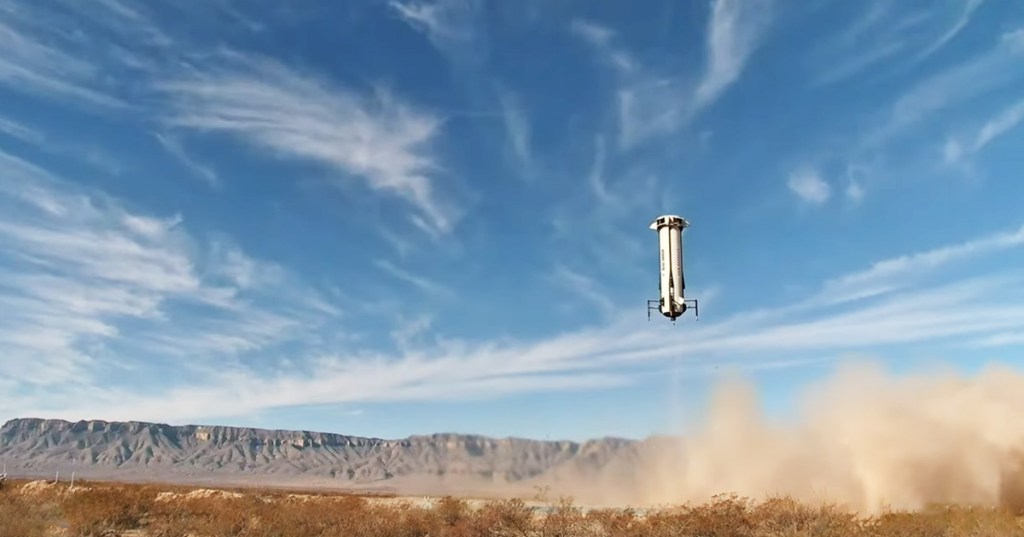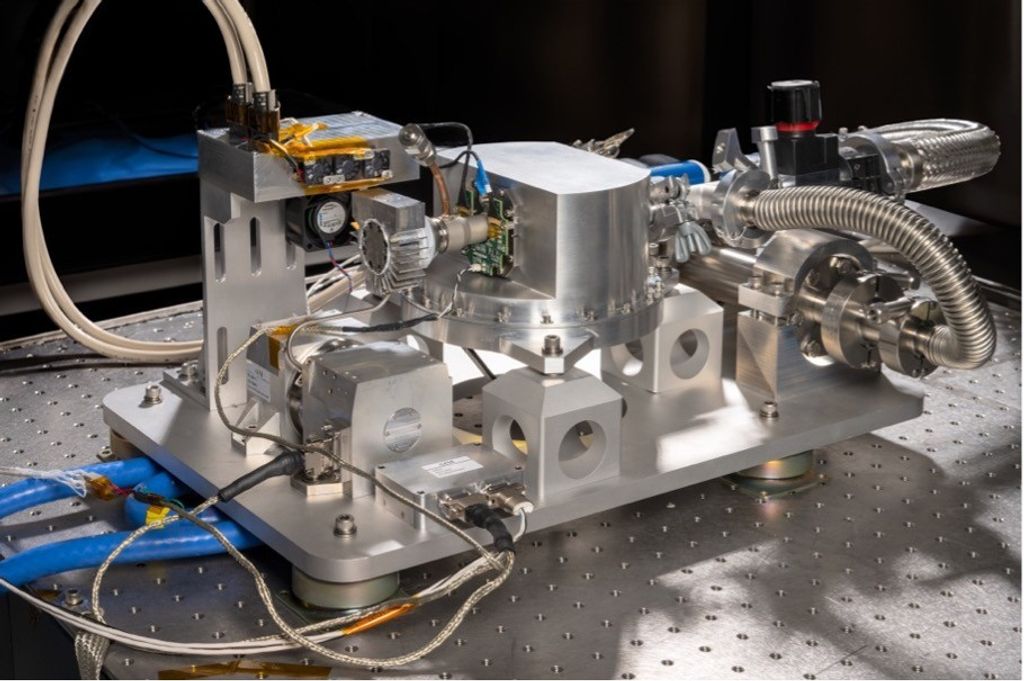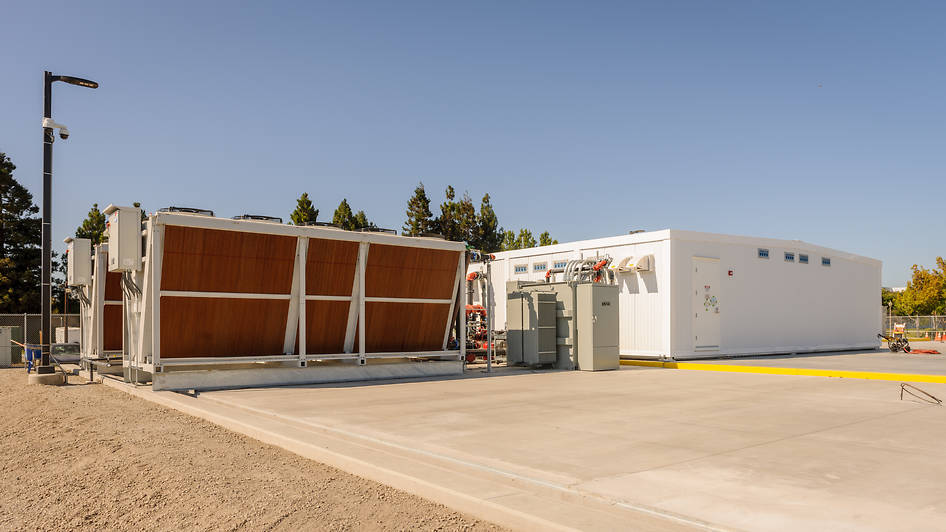
Ames Contributions to the COVID-19 Response
TODAY
Active NASA Astronauts
Days Until Next Crewed Mission
The COVID-19 pandemic, caused by the SARS-CoV-2 virus, is a challenge to the world’s medical community unlike any other in recent memory. To face this challenge will require the kind of scientific ingenuity and interdisciplinary collaboration that NASA’s Ames Research Center in California’s Silicon Valley has practiced for more than 80 years.
With its interdisciplinary expertise and specializations in early-stage innovation, supercomputing and biosciences, Ames is uniquely suited to help work toward solutions for the COVID-19 pandemic. Through a variety of different projects, our scientists and the facilities they operate are supporting research to learn about the virus and use that knowledge to assist in the global fight against this pandemic.
COVID-19 International Research Team
The COVID-19 International Research Team, or COV-IRT, is an international collaboration of experts working towards a common goal: potentially developing a vaccine against COVID-19. In mid-March, this team was assembled by Afshin Beheshti of Wyle Labs at Ames, and it originally included members from the Multi-Omics Analysis Working Group with Ames’ GeneLab project. COV-IRT is now led jointly by Beheshti and Todd Treangen from Rice University and includes more than 120 members from all around the world. The team is using global open source data and newly collected samples to understand the virus and develop ways to fight it.
With so little known about COVID-19, gaining basic biological knowledge is key to developing therapeutics and vaccines. That’s why COV-IRT is looking for potential biomarkers in patient data and samples that could reveal how the virus is systematically impacting the entire person – which could potentially contribute towards a vaccine. Those biomarkers range across things like particular gene expression signatures, specific viral targets, unexpected molecules and any kind of biological reaction that could be linked back to the virus or its effects.
Those biological signs could help scientists and medical experts more easily distinguish between carriers without symptoms and healthy individuals, and patients with COVID-19 and those with the flu. That knowledge could even help better predict what cases may become more severe and which will remain mild.
By identifying those biomarkers, potential inhibitors can be developed – drugs or other medical techniques that attack the virus or its adverse effects, potentially leading to a vaccine. Through fast-tracked pipelines developed in collaboration with partners, these inhibitors can be developed within a week and made ready for preliminary testing. If successful, these countermeasures to the virus could go into clinical trials.
Ames and the COVID-19 High Performance Computing Consortium
Projects like COV-IRT often require extreme amounts of processing power, which is why that project and many others are using the resources provided by the White House’s COVID-19 High Performance Computing Consortium.
Ames is also a part of this coalition of organizations from private industry, academia, laboratories and federal agencies providing COVID-19 researchers worldwide access to the world’s most powerful high-performance computing resources.
As of May 2020, the consortium comprises 38 members that together offer over 435 petaflops of supercomputing capacity. Three of the systems available to researchers are operated by the NASA Advanced Supercomputing Division, or NAS, at Ames: Aitken and Electra, housed in the division’s new modular supercomputing facility, and the Pleiades supercomputer.
Using an online portal, researchers are invited to submit COVID-19-related research proposals to the consortium. In addition to the agency’s own researchers, academic institutions and industry partners are already accessing the resources. At Virginia Commonwealth University in Richmond, scientists are simulating the molecules of the novel coronavirus down to the atomic level. Ames’ own bioscience division researchers are analyzing and sequencing genetic materials to identify biomarkers and genetic risk factors.
But NASA is doing more than just providing the resources. Experts from the NAS division are helping researchers troubleshoot their code and make use of NASA’s supercomputing facilities with the greatest efficiency possible. At NASA and beyond, these resources are enabling scientists to develop answers to complex scientific questions about COVID-19 in hours or days instead of weeks or months, bringing us closer to understanding this virus and ultimately out of this pandemic.
Learn more:
- NASA Response to Coronavirus
- NASA Joins the Fight Against COVID-19 (image feature, April 2020)
- NASA Contributes Expertise, Ingenuity to COVID-19 Fight (news release, April 2020)
- NASA CO2 Conversion Challenge Competitor Pitches in to Help COVID-19 Efforts (feature story, April 2020)
For researchers:
- The COVID-19 High Performance Computing Consortium website
- COV-IRT website
- COV-IRT Symposium held on April 17, 2020
- NASA Advanced Supercomputing Division
For news media:
Members of the news media interested in covering this topic should reach out to the NASA Ames newsroom.
Banner image: Water that is heated by the computers in the module housing the AITKEN supercomputer (right) flows to the coolers (left), at the Modular Supercomputing Facility at NASA’s Ames Research Center in California’s Silicon Valley. Fans on top of the coolers draw outside air over pipes located directly behind the brown-colored material, called the evaporative media, transferring the heat in the water into the air and dissipating it into the environment. When the outside air exceeds 80 degrees Fahrenheit, the evaporative media is soaked with water that lowers the temperature of the air just before it blows over the pipes, improving the heat transfer on warm days. Credit: NASA/Ames Research Center/Dominic Hart

